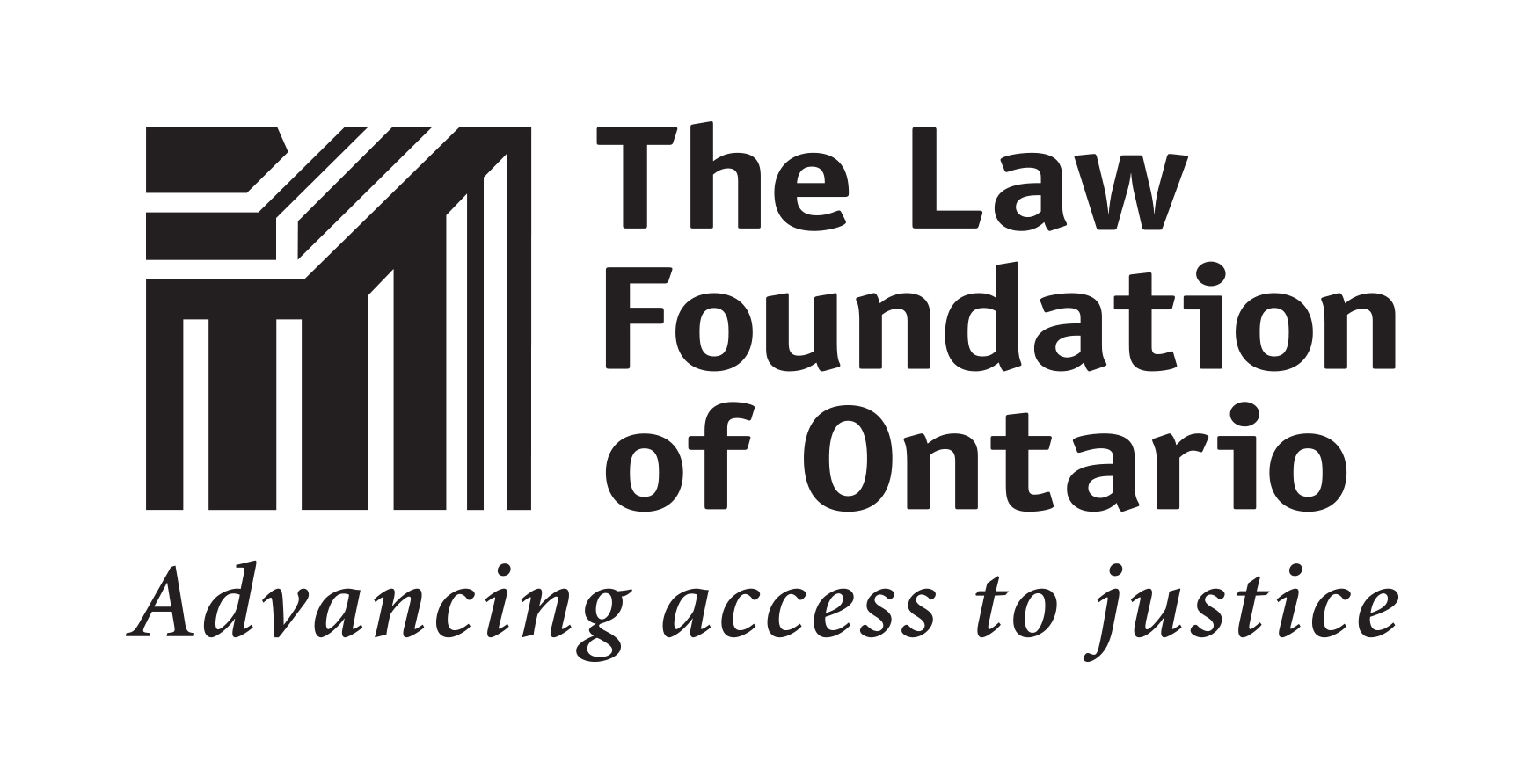-
About us
-
Member hub
-
Directory
-
-
Issues and resources
-
Recent Information
-
-
Take action
-
Take action
-
Outreach
-
-
Events
-
Meetings
-
Webinars
-
Family reunification
Accepted refugees: on hold and separated from their family
Summary
This report is a submission to the Standing Committee on Citizenship and Immigration for their study of Application Backlogs and Processing Times.
Report context
Format
Reunite separated children with a parent in Canada in 6 months or less!
Many children wait years to be reunited with one or both parents in Canada, while the government processes the immigration application.
Expedite refugee family reunification!
Even after they have been accepted as refugees, people wait years to be reunited with immediate family members who are overseas.
Support the CCR's call for expedited refugee family reunification by contacting your Member of Parliament.
Share the CCR's letter to the Minister and ask your MP to encourage the Minister to take action.
Pilot for Excluded Family Members: Practical Information
|
This document provides basic information for newcomers and those who support them about a pilot project that allows some people to sponsor family members who were not originally declared to immigration authorities (and who are therefore Excluded Family Members). |
Who is an Excluded Family Member?
A family member (spouse, common-law partner or dependant child) who was undeclared or unexamined when the person in Canada became a permanent resident is defined as an “Excluded Family Member” under Immigration and Refugee Protection Regulation 117(9)(d). This regulation bars “Excluded Family Members” from being sponsored through the Family Class.
Example: A person married after being accepted for immigration to Canada. The person traveled to Canada without declaring the new spouse and became a permanent resident on arrival in Canada. Under R. 117(9)(d) the spouse is an “Excluded Family Member” and cannot be sponsored through the Family Class.
What is the pilot?
The pilot exempts some people from Regulation 117(9)(d). In other words, family members eligible for the pilot can be sponsored through the Family Class even if they were undeclared.
The pilot opened on 9 September 2019 for two years. The pilot was renewed in 2021 for another two years, and then again in September 2023, for three years (until September 2026).
Who may benefit from the pilot?
Under the pilot, a family member can now be sponsored, despite not having been declared, if the person (now sponsor) became a permanent resident through:
the Refugee Class (the person was resettled as a refugee, or the person was recognized as a refugee/Protected Person by the Immigration and Refugee Board or in a Pre-Removal Risk Assessment, or the person was a family member of such a person), OR
the Family Class, as a spouse, common-law partner or dependent child (including the Spouse or Common-Law Partner in Canada Class)
BUT the pilot does NOT apply:
If the person would not have qualified to come to Canada if the family member had been declared.
Example: A person came to Canada as a dependent child but was actually married at the time. If the spouse had been declared the person would not have been granted permanent residence, because a married child does not qualify as a dependent child. Therefore the pilot does not apply.
Example: A person came to Canada through a World University Service of Canada (WUSC) Refugee Sponsorship program that requires applicants to be single with no dependants. The student had a child. The pilot does not apply because the person would not have qualified for the program if the child had been declared.
How to apply for the pilot
There is no special process for sponsoring family members under the pilot project. People simply make a Family Class sponsorship application in the regular way.
What about other barriers to Family Class sponsorship?
Even if the pilot applies, people may face other barriers to sponsorship through the Family Class, because the rules require that the sponsor show that they can support their family members financially. The pilot does not provide a remedy for these other barriers. It is, however, possible to apply for an exemption from Family Class sponsorship requirements on humanitarian and compassionate grounds.
One-year window of opportunity (OYW)
The pilot does not apply to the one-year window of opportunity, which offers family reunification to declared family members of a person who became a permanent resident through the Refugee Class (resettled as a refugee, or recognized as a refugee/Protected Person by the Immigration and Refugee Board or in a Pre-Removal Risk Assessment), if the family members apply within one year. However, immigration officials have discretion to process family members through the OYW even if they were not formally declared. Asking officials to use their discretion on humanitarian and compassionate grounds has sometimes in the past been successful.
Possibility of inadmissibility based on misrepresentation
People should be aware that the government could investigate them for possible misrepresentation, leading potentially to losing permanent residence, if officials believe that the person misrepresented material facts. This means that they said something – or omitted to say something – that would have changed the immigration decision (for example, they did not declare they were married, and being married would have made them ineligible to immigrate to Canada).
In most cases, people who qualify for the pilot would not be affected, since the pilot excludes anyone who would not have qualified to come to Canada if the family member had been declared.
Spouse or Common-Law Partner in Canada Class
There is a separate provision in the regulations (R.125(1)(d)) that excludes undeclared and unexamined spouses or common-law partners from sponsorship in the Spouse or Common-Law Partner in Canada Class. The pilot as described above also exempts people from R.125(1)(d).
For more information
- IRCC help centre
- Program Delivery Instructions about the pilot (for immigration officers)
- Information about “Excluded Family Members”
Summary
This document provides basic information for newcomers and those who support them about a pilot project that allows some people to sponsor family members who were not originally declared to immigration authorities (and who are therefore Excluded Family Members).
Refugee family reunification: Practical Guide
Summary
This practical guide provides basic information for those assisting refugees in reuniting with immediate family members (spouse and dependent children). This version is last updated in November 2019.
Excluded family members: practical guide
As of September 2019, a pilot project allows some people to sponsor family members who were not originally declared to immigration authorities (and who are therefore Excluded Family Members).
See Pilot for Excluded Family Members: Practical Information
Certain family members (children, spouses, common law partners) are "excluded family members" under Canadian immigration law and cannot be sponsored. This resource provides practical information about this issue and what affected families can do.
Excluded family members: Regulation 117(9)(d)
Immigration and Refugee Protection Regulation 117(9)(d) states that a person is not a family member if they were not examined by a visa officer when the person sponsoring them immigrated to Canada. Since they are not considered a “family member”, they cannot be sponsored under the Family Class.
The following are some of the scenarios that can lead to excluded family members:
- A refugee family has a new baby after their interview with the visa officer and before departure for Canada. Someone gives them bad advice and encourages them to go to Canada as planned and sponsor the baby after arrival. The baby is an excluded family member.
- A man marries his fiancée just days before immigrating to Canada. He does not realize he needed to declare his new wife and have her examined. His wife is an excluded family member.
- A man learns after he becomes a permanent resident in Canada that a woman had borne him a child. The child is an excluded family member.
- A woman who immigrates to Canada is pressured by a family member not to mention a child she has had out of wedlock. Her child is an excluded family member.
- A man immigrates to Canada because he knows that Canada provides for family reunification for same-sex couples. When he applies to immigrate to Canada, the couple have not cohabited for a year so the partner cannot be included as a dependant. By the time the application is finalized and the man arrives in Canada, the couple have cohabited for a year. However, the man does not realize that he had to declare this. His partner is an excluded family member.
Exception where visa officer approved non-examination
There is an exception to the excluded family rule (at s. 117(1)(10)), if the visa officer had determined at the time of the sponsor’s own application for permanent residence that the family member did not need to be examined. This exception could apply in particular to refugees who reported a family member but they couldn’t be examined, for example, because their whereabouts were unknown. The exception cannot apply if the visa officer did not know about the family member.
One Year Window applications
In the case of refugees (Protected Persons) who might normally apply under the One Year Window of opportunity (OYW) provision, Regulation 141 excludes family members who were not declared. The Regulation is limited to family members “included in the applicant’s permanent resident visa application at the time that application was made”, or “added to that application before the applicant’s departure for Canada”.
Humanitarian and compassionate (H&C) considerations
Immigration, Refugees and Citizenship Canada (IRCC) accepts that cases may arise where the excluded family member rule should not be applied. Their solution for these cases is to use humanitarian and compassionate considerations (H&C) under section 25 of the Immigration and Refugee Protection Act.
According to IRCC, use of H&C to overcome the excluded family member rule may be appropriate when the person presents compelling reasons for not having disclosed the existence of a family member. IRCC offers the following examples:
- a refugee presents evidence that they believed their family members were dead or that their whereabouts were unknown; or
- a client presents evidence that the existence of a child was not disclosed because it would cause extreme hardship because the child was born out of wedlock in a culture that does not condone this.

This resource is part of our Improving Access to Justice series funded by the Law Foundation of Ontario
Pagination
- Page 1
- Next page



